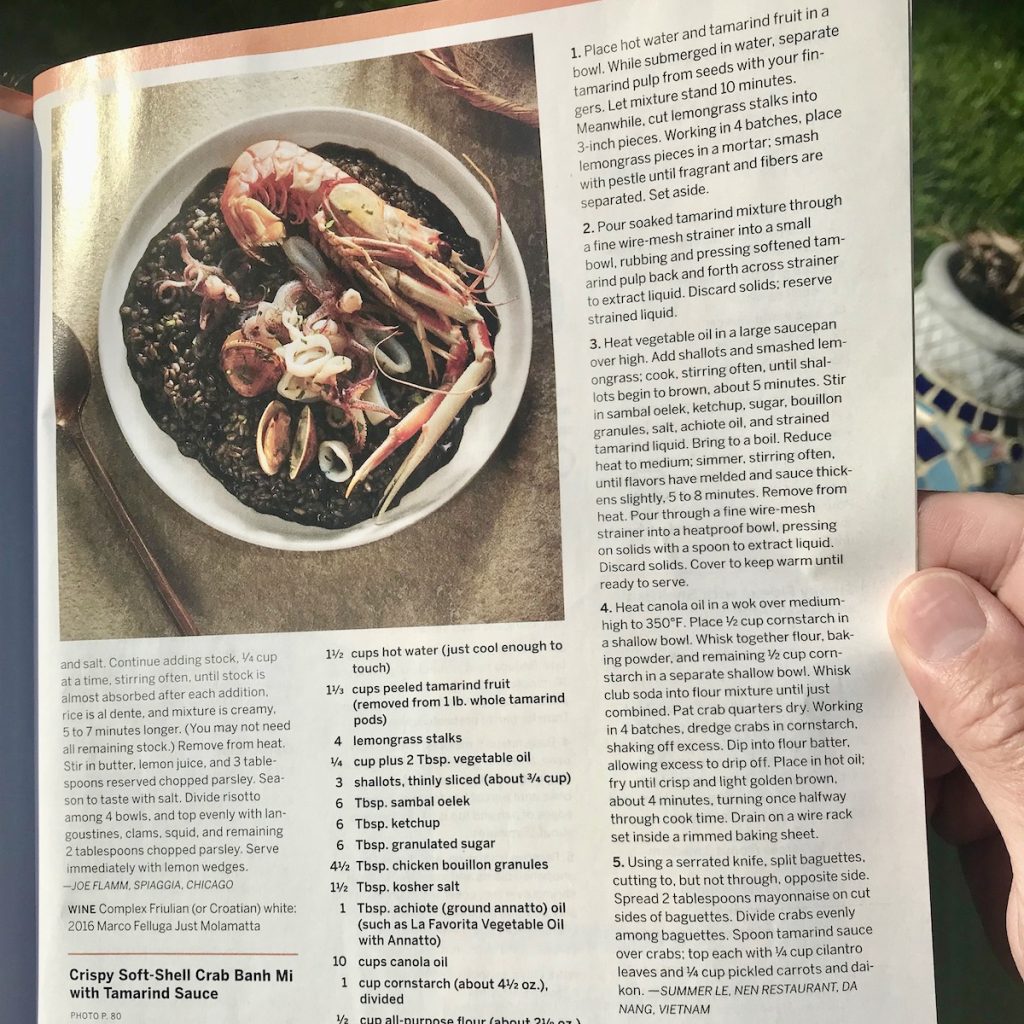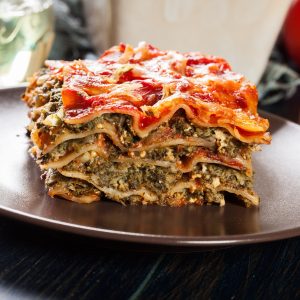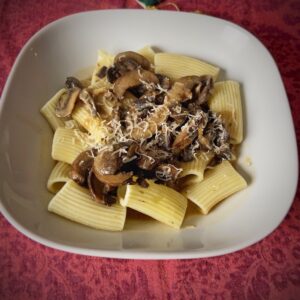Where Do Recipes Come From?
Often, I am asked where I come up with the recipes I write about and whether I make them all from scratch. Wherever I look, I seem to be able to find interesting recipes. Cookbooks, magazines (cooking and non-cooking), supermarket isles, television shows, the Internet, and newspapers. Just go to any large supermarket or Cosco-type store on the weekend, and the isles are filled with salespeople hawking their wares and handing out samples and recipes.
If you look closely at the labels on the products you purchase, they often have a recipe for a gourmet dish you can prepare. Have you ever noticed how many gourmet meals you can prepare from a box of Kellogg’s Corn Flakes? Don’t worry; there will be no cornflake recipes here—not yet, anyway.
Recipes come from various sources, reflecting the diversity and richness of culinary traditions worldwide. Here are some common origins of recipes:
- Cultural Traditions: Many recipes are passed down through generations within families and communities. These traditional recipes often reflect a region’s history, geography, and cultural practices.
- Professional Chefs and Culinary Experts: Professional chefs, restaurateurs, and culinary experts create new recipes, often blending traditional techniques with innovative ingredients and methods.
- Home Cooks: Home cooks often experiment in their kitchens, adapting and modifying existing recipes to suit their tastes, dietary restrictions, and available ingredients. These personal recipes can gain popularity through word of mouth or social media.
- Cookbooks and Publications: Recipes are published in cookbooks, magazines, and online platforms by food writers, bloggers, and culinary professionals.
- Food Companies and Brands: Food companies and brands develop recipes to promote their products. These recipes are often found on product packaging, company websites, and promotional materials.
- Restaurants and Cafés: Many popular recipes originate from restaurants and cafés, where chefs create unique dishes that become signature items on their menus.
- Television and Online Shows: Cooking shows on television and online platforms introduce viewers to various recipes, from classic dishes to contemporary creations.
- Food Festivals and Competitions: Recipes can also come from food festivals and cooking competitions, where chefs and home cooks showcase their skills and creativity.
The diversity of sources contributes to the rich tapestry of global cuisine, making it an ever-evolving and dynamic field.
How Unique Are Recipes?
Recipes can range from being highly unique to variations on familiar themes, depending on several factors:
- Ingredients and Techniques: Unique recipes often involve distinctive ingredients, unusual combinations, or innovative cooking techniques that set them apart from more common dishes.
- Cultural Influence: Recipes deeply rooted in specific cultural traditions can be unique due to the use of regional ingredients and traditional methods that might only be widely known or practiced in that culture.
- Creativity and Innovation: Chefs and home cooks who experiment with flavors, presentation, and fusion of different cuisines can create recipes that are uniquely their own. This creativity can result in dishes that stand out for their originality.
- Personal Touch: Even standard recipes can become unique when individual cooks add their personal touch, such as secret ingredients, special techniques, or unique presentations.
- Adaptations and Variations: Many recipes are variations of classic dishes. While the core concept may be familiar, adaptations based on dietary needs, ingredient availability, or personal preferences can make each version unique.
- Fusion Cuisine: Combining elements from different culinary traditions can lead to unique recipes that offer new and exciting flavor profiles.
While some are distinct and can be considered the signature creations of particular chefs or cultures, many are part of a broader culinary tradition and share common elements. The balance between tradition and innovation keeps the culinary world vibrant and ever-evolving.
Can A Recipe Using the Same Ingredients Be Different From Another?
Yes, a recipe using the same ingredients can differ from another due to various factors. Here are some key elements that can create distinct differences between such recipes:
- Preparation Methods: How ingredients are prepared (chopped, sliced, diced, grated) can significantly affect the texture and flavor of the dish.
- Cooking Techniques: Different cooking techniques (baking, frying, grilling, steaming, sautéing) can change the taste, texture, and appearance of the final dish.
- Order of Operations: The sequence in which ingredients are added can influence the development of flavors. For instance, browning onions first will create a different flavor profile than adding them raw towards the end.
- Cooking Times and Temperatures: Variations in cooking times and temperatures can lead to different textures and flavors. Slow cooking can develop rich, deep flavors, while high-heat methods can create crispness or caramelization.
- Seasonings and Spices: Even slight variations in the amount and type of seasonings and spices can result in significantly different flavors.
- Proportions: The ratio of ingredients can alter the taste and texture of a dish. For example, varying the amount of liquid can change a dish from thick and hearty to light and soupy.
- Combining Flavors: How flavors are combined and layered can create different taste experiences. Marinating, blending, or allowing flavors to meld over time can impact the final dish.
- Presentation and Plating: How a dish is presented and plated can affect the perception and enjoyment of the food, even if the ingredients are the same.
- Cultural and Personal Influences: Individual or cultural cooking practices and preferences can lead to unique recipe variations. Personal touches or traditional methods often result in different interpretations of the same ingredients.
These factors highlight the creativity and artistry of cooking, where even identical ingredients can produce a wide range of delicious and unique dishes.
Do I make up my recipes from scratch?
Many times, but not usually, but who does? Head over to any Barnes and Noble bookstore and take a look at the cooking section. In an average-sized store, you’ll find 3 or 4 rows packed with hundreds, if not thousands, of cookbooks.
With each cookbook containing fifty to a hundred recipes, it’s hard to imagine there are many recipes left unwritten. However, it’s the stories and presentations that make each one unique. There may be countless recipes for Italian cooking, yet one might catch your eye and make you think, “I have to try this.”
I have two approaches to preparing a meal. Sometimes, I meticulously follow a recipe: make a shopping list of every ingredient, head to the store, and follow the instructions in the letter. This method is excellent for learning how to cook.
I prefer a more flexible approach more often. I decide what I want to make, research several recipes, see what ingredients I have on hand, and dive in. While this method doesn’t always yield perfect results, it does often create something new and delicious. Plus, it saves me many trips to the grocery store.







